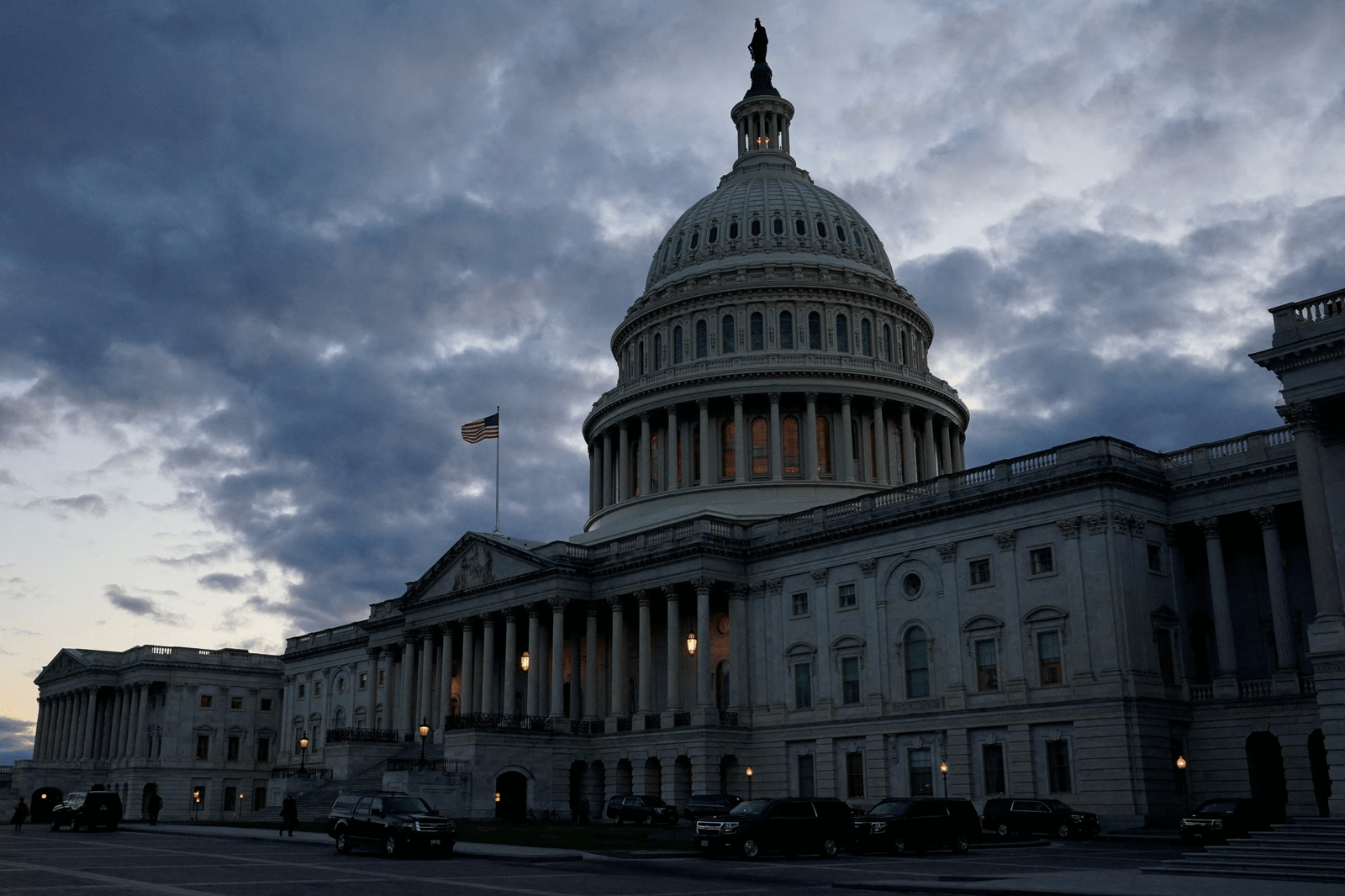
If you thought cliffhangers were something found only on television shows or in streaming series, think again—budget wars in Washington have become the very real-life drama with last-minute surprises, changing allegiances, and more than a few characters that all audiences love to judge. With the clock ticking down to another possible government shutdown, the cost is high, and the cost is all too real.

At its core, a government shutdown happens when Congress can’t agree on funding the federal government. Think of it as hitting pause on your favorite game right before the final boss—but instead of waiting a few seconds to resume, millions of federal employees are left in limbo, government operations slow to a crawl, and the effects ripple across everything from national parks to airport security. Essential services such as air traffic control, border patrol, and police remain operational, but sometimes without compensation, converting mundane public servants into reluctant actors in a political drama.

The mechanics are intricate. Every agency prepares its own shutdown plan, determining what activities are necessary and must continue, and which ones need to be halted. Social Security benefits still arrive, but requesting a new card or confirming benefits becomes a torturous, slow process. Food safety inspections, environmental sampling, and grant approvals are delayed or halted altogether. National parks may stay open but with skeleton crews, so visitors encounter bulging trash, closed toilets, and a diminished experience—survival mode, sans fun.

The impact on humans is drastic. In the 2018-2019 shutdown, approximately 850,000 federal workers were furloughed, and hundreds of thousands more worked without pay. Congress ultimately promises back pay, but contractors rarely get paid. The economic impact is significant: the Congressional Budget Office estimated that the 2018-2019 shutdown cost U.S. GDP $11 billion, and $3 billion was permanently lost. Instead of saving dollars, shutdowns usually end up costing much more because of stalled projects, forgone fees, and the hassle of reestablishing government activities.

Why is it happening so frequently? In part because of political brinksmanship and bureaucratic malaise. Congress is supposed to approve 12 individual spending bills annually, but increasingly counts on continuing resolutions—short-term Band-Aids that maintain government at previous-year levels. These resolutions are a quick fix, yet disrupt planning, forbid new projects, and make it hard for agencies to shift priorities.

This year’s impasse is especially dramatic. Political rifts are wide, with legislators haggling over how much authority the executive branch would retain compared with safeguards for critical programs. The House approved a continuing resolution that included defense spending boosts and reductions elsewhere, but Senate opposition maintains it gives too much authority to the executive branch at the expense of critical services. In the meantime, the military is uncertain, as level funding under short-term deals can hold up new weapons programs and postpone modernization proposals.

And then there’s the Space Command sub-plot. After all the years of argument, there are now plans to move the U.S. Space Command from Colorado Springs to Huntsville, Alabama. Local politicians and defense hawks hail the action as a victory for national security and the local economy, estimating hundreds of millions in savings and tens of thousands of new aerospace and defense jobs.

Logistical challenges remain, however. Warnings indicate that some civilian workers are unlikely to move, and construction of the required infrastructure could take years, potentially stretching out mission readiness and adding unexpected expenses.

For Huntsville proper, too, the stakes are high. The city is a STEM talent pool and defense innovation center, with research parks and contractors poised for a wave of opportunities. The recently enacted federal budget puts billions into military and security initiatives, but analysts warn that some communities may lose healthcare coverage and other benefits as resources are reallocated. For the workers and businesses in the region, this is a precarious balancing act: investment and growth on the one hand, and risk and uncertainty on the other.

In the end, government shutdowns continue due to a mix of political maneuvering, institutional momentum, and the inherent challenge of operating a large federal government. They hardly ever save money; they mess with people’s lives, hold up programs, and bring on financial havoc instead. But with all the high cost, they come back, perpetually compounding problems and raising stakes.

Ultimately, the true effect isn’t televised or debated in Congress—it’s felt by federal workers, military families, and communities like Huntsville, all caught in the political crossfire of Washington’s budget wars. Not like a show, there is no promise of a happy resolution, and the effects can persist long after the lights go off.
